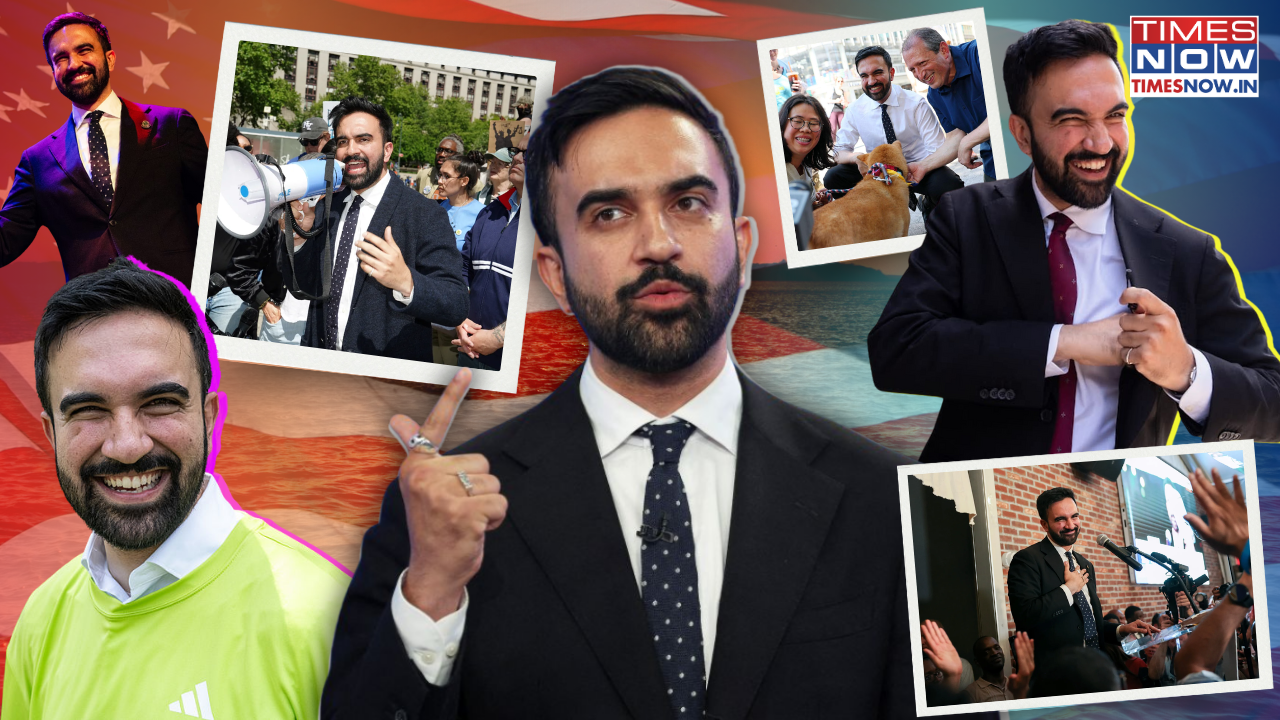Zohran Mamdani’s campaign feels cinematic, and that might be because it was. The son of Indian-American filmmaker Mira Nair and notable scholar Mahmood Mamdani, Zohran grew up in a household where storytelling was inseparable from social justice. In film sets and dinner-table debates he witnessed the power of narrative to illuminate identity, inequality, and policy. Today, he is channelling that upbringing into public office, blending political theatre crafted by his family with grassroots organising to build what many call a new kind of leadership. Growing Up Behind the Camera Born in 1991 in Kampala, Uganda, and raised partly in Cape Town before landing in New York City at age seven, Zohran Mamdani was immersed in global perspectives early on. Mira Nair, whose films (‘Salaam Bombay!’, ‘Monsoon Wedding’, ‘The Namesake’) foreground migration, indigenous culture, and feminism, shaped his outlook profoundly. Her commitment to complex and compassionate storytelling seems to have rubbed off. As a teenager, Zohran was an MC under the moniker “Young Cardamom,” producing rap music with Ugandan and diasporic beats, even featuring Madhur Jaffrey in a video. That fusion of cultural pride and performance would reappear later in his political messaging and in how he connects with voters. Artistic Roots, Political Stage Unlike many political kids, Zohran never relied on a family name for attention. Instead, he co‑founded Students for Justice in Palestine at Bowdoin College and worked behind the scenes on campaigns with the Democratic Socialists of America and various progressive candidates. His early activism—organising hunger strikes with taxi drivers and advocating for Palestinian communities charted a clear path from artfully staged protest to policy-driven ambition. His introduction to state-level politics came in 2020, when at age 28, he upset a four‑term Assembly incumbent in Queens. He campaigned on housing reform and transportation, winning a rent freeze and a fare‑free bus pilot and proving that artful storytelling could translate into municipal action. Dramatic Flair Meets Policy Substance As a mayoral candidate, Mamdani’s style feels theatrical, not accidental. His rallies are energetic, his social media content viral and polished, his messaging clear: free buses, rent freezes, affordable childcare, and bold climate and transit goals. That clarity mirrors Nair’s cinematic storytelling; there is no ambiguity, and it is part of what prompted it. Yet critics describe his populist media strategy as a modern version of performance politics. Mammoth policy proposals like a $30 minimum wage or massive corporate taxes earn attention and criticism in equal measure. Wall Street voices have openly warned that these ideas could “spark an exodus” of business. Across the political aisle, some see in Mamdani a populist leveraging of spectacle-first media, like Trump, but calibrated for progressive audiences. Critics, Comparisons, and Context It’s not just policy that draws Trump parallels. Some fault Mamdani’s aggressive style and feel-good messaging for lacking nuance. He is accused of bordering on demagoguery by some rivals, a comparison he largely deflects. Besides, the substance behind the style sets him apart. His proposals—rent freeze, public buses, and grocery stores are grounded in pilot programs and budgets he helped craft at the state level. Even Mayor Adams’s fare-free bus pilot was Zohran’s idea. Still, opponents say hyperbole and strong rhetoric can overshadow practical detail. The New York Post cited critics questioning his experience or administrative capacity, citing a resume that included just three years of formal employment outside politics rap producer, a campaign staffer, and some advocacy. Zohran counters by pointing to his record of passed legislation and project management. A Cultural Touchstone for the Left To progressives, Mamdani represents hope. He has endorsements from Bernie Sanders and Alexandria Ocasio-Cortez and taps deeply into communities often ignored. If elected, he would be NYC’s first Muslim, first South Asian and first democratic socialist mayor since the 90s. In seats and streets, he speaks ecosystems: immigrant justice, climate, tenants’ rights, public transit, gender equity and racial equity. That coalition is exciting to voters hungry for change, but also unnerving to the city’s financial elite. That tension—the potential brinkmanship between grassroots art and real‑world governance may define the next phase. Art in Public Office Zohran Mamdani is not Mira Nair. He doesn’t direct award‑winning films, yet he channels the cognitive process of creative synthesis into politics. He weaves policy, narrative and stagecraft into governance. His campaign feels like a carefully directed film, but his steps plan toward post‑office realities. His appeal spans performance and purpose. In a stunning political upset, former Governor Andrew Cuomo has conceded the New York City mayoral Democratic primary to 33-year-old state assemblyman Zohran Mamdani. A democratic socialist and son of celebrated filmmaker Mira Nair, Mamdani’s rise has already sparked nationwide attention. Should he win the mayoral race, it may mark a first: a city leader whose worldview has been deeply shaped by cinema, storytelling, and activism. His campaign, grounded in narrative strategy and emotional appeal, has drawn both admiration and scepticism. The question now is whether his storytelling instincts can translate into real-world governance or whether critics will dismiss it all as political theatre. Final Act: A New York Story Zohran Mamdani stands at a rare political crossroads. He inherited a world of cinematic protest and artistic empathy from Mira Nair. He channelled that legacy into grassroots campaigns and legislative wins. Now, he faces a showdown with old-school politicians like Cuomo and establishment fearmongering in the business elite. Some call him a populist performance artist. Others see a visionary forging connections across identity, culture, and class. Either way, his rise reflects more than celebrity lineage. It signals the role of art and storytelling in mapping new paths through democracy. If he wins the mayoralty, New York City may face its most imaginative leader yet. And the question will echo: Can a next‑gen storyteller govern one of the world’s most complex cities? Or will he retreat back into mundane politics? Either answer will test whether art-trained governance can handle real-world chaos, and if narrative can last longer than applause.
